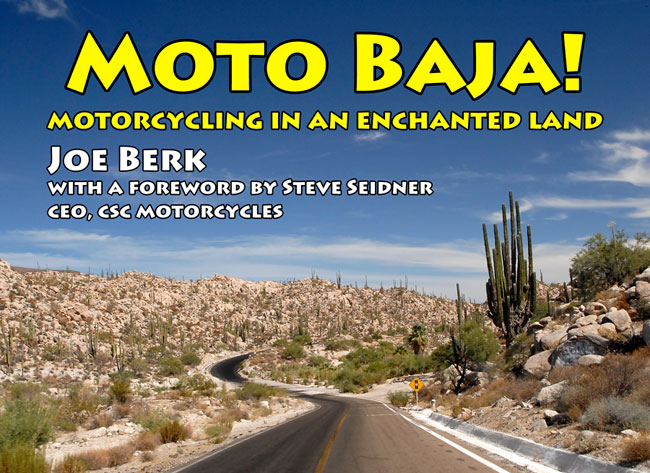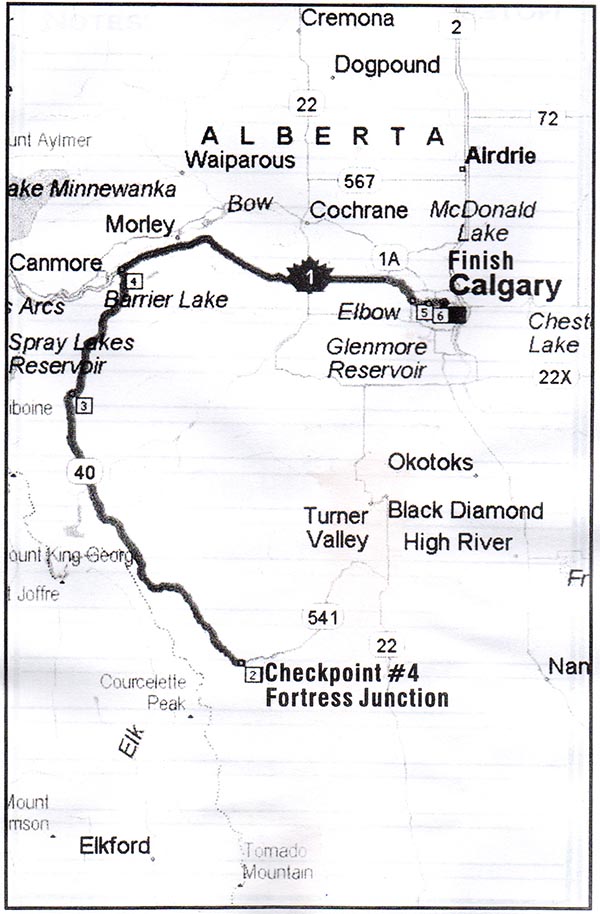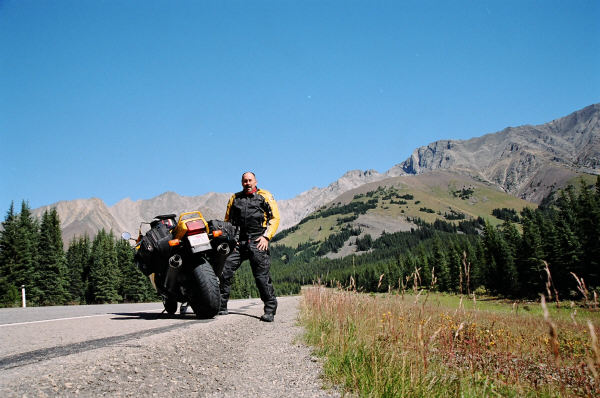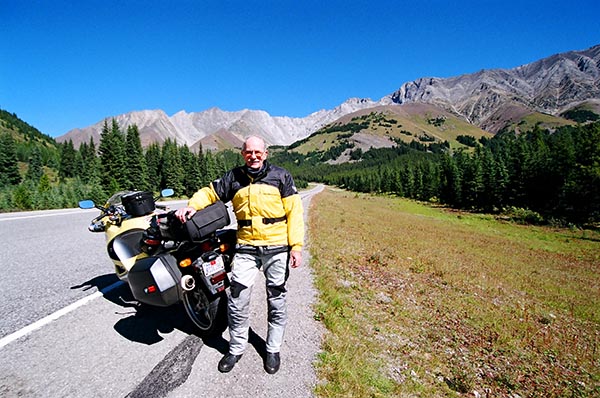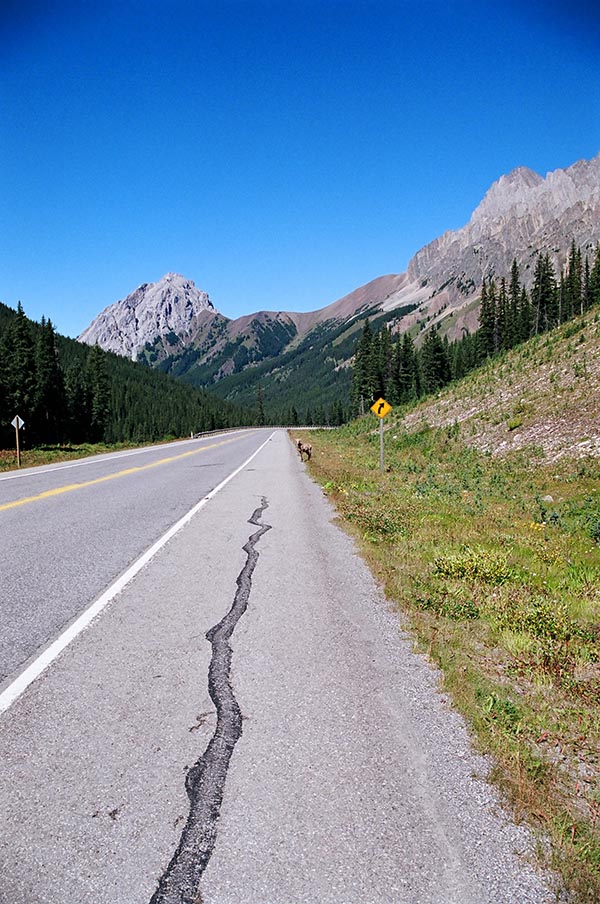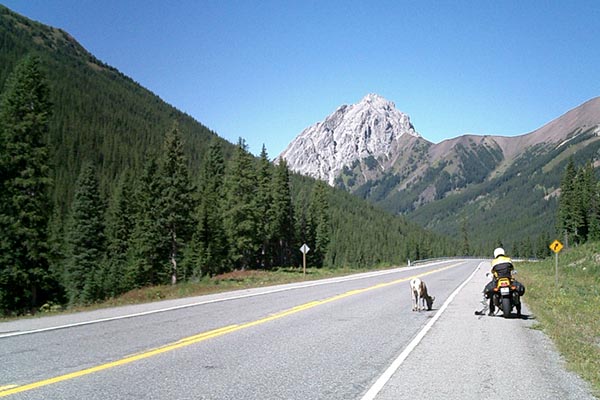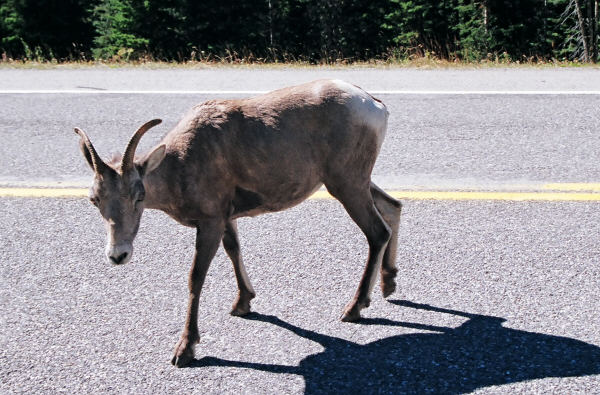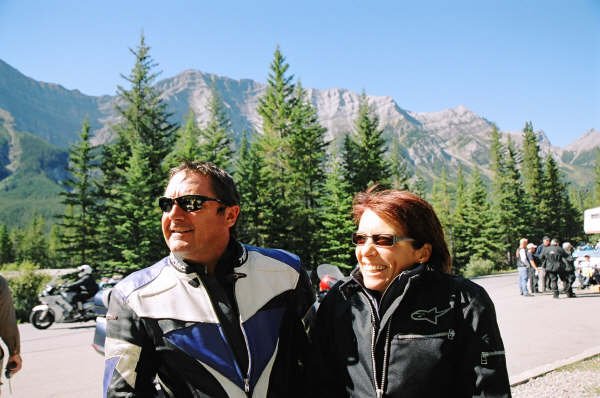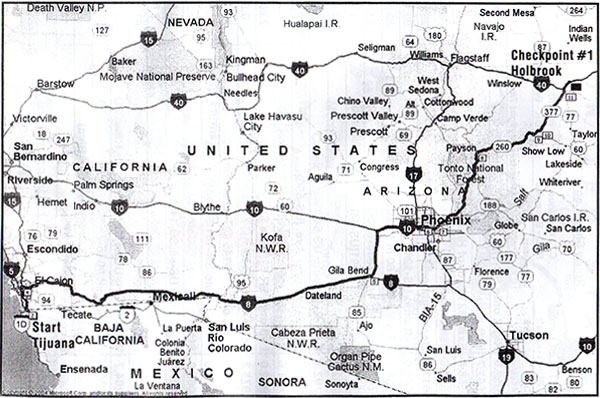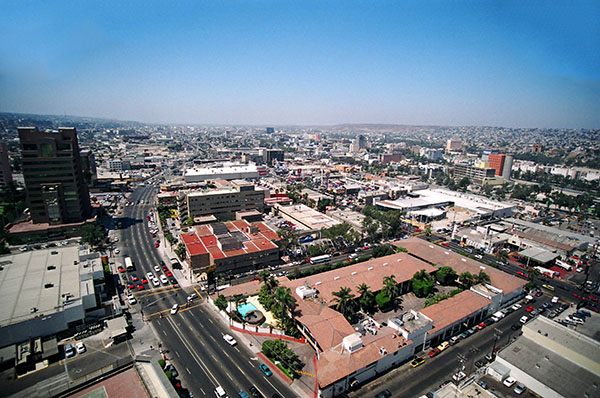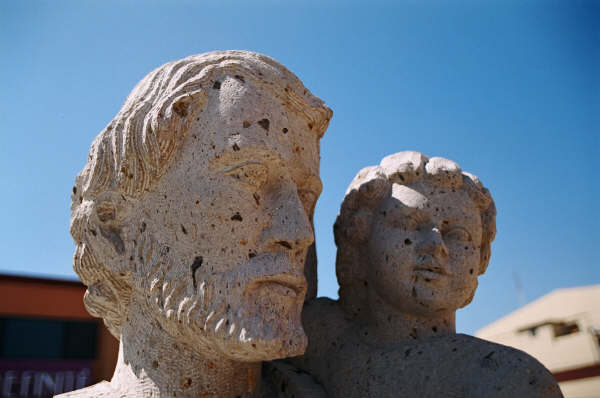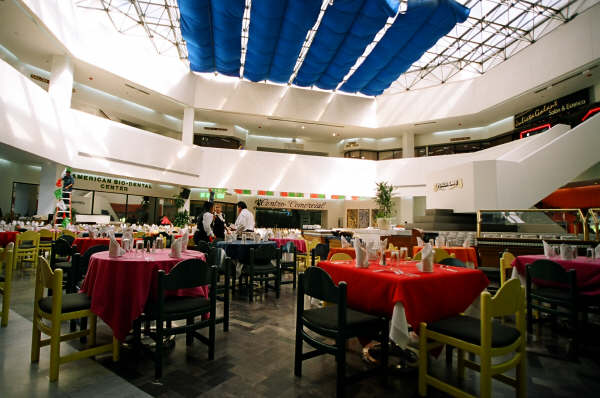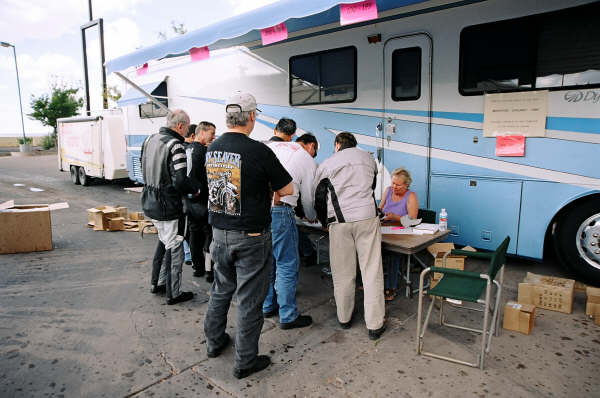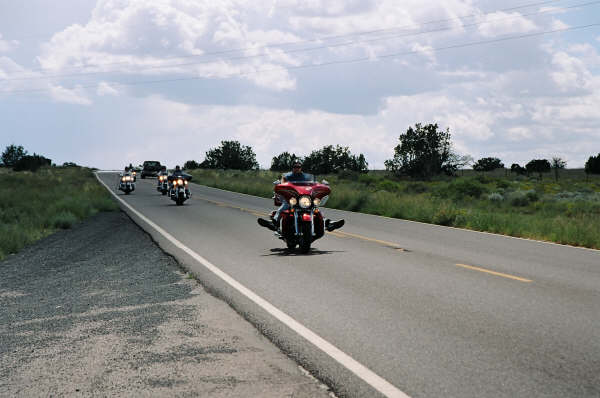My good buddy Bryan sent an email to me earlier today asking if I still had the photos from our 2004 Baja ride posted anywhere. Wow. 2004. That trip was 16 years ago this month. Where does the time go?
Anyway, by way of background, there were three of us on that ride: Yours truly, my good buddy Marty (who you’ve seen in other spots here on the ExNotes blog), and another good buddy, Bryan. This was to be an unusual trip, as we did it on sports bikes. Marty had his K1200RS BMW (which, by the way, he still has), Bryan was on his VFR 750 Honda, and I was on my TL1000S Suzuki (which was probably the fastest motorcycle I’ve ever owned). I used to have a site called MotoFoto.cc and I had this trip posted there, but that site came down when I started the CSC blog. This trip was on the old MotoFoto site, and when Bryan asked about it, I thought I’d post it here. So here you go…the original web post from 2004!
This trip was a quick, 1550-mile, 4-day motorcycle tour from Los Angeles to Mulege in the Baja peninsula in January 2004. Mulege is about 700 miles south of the border. I shot all of the photographs on this page with the Sony Mavica CD400. It was digital photography state of the art, sort of, back in the day.
This was my fifth or sixth trip into the Baja’s interior, and I have to tell you that it just keeps getting better. The roads are fantastic, the scenery is awesome, and, well, read on.
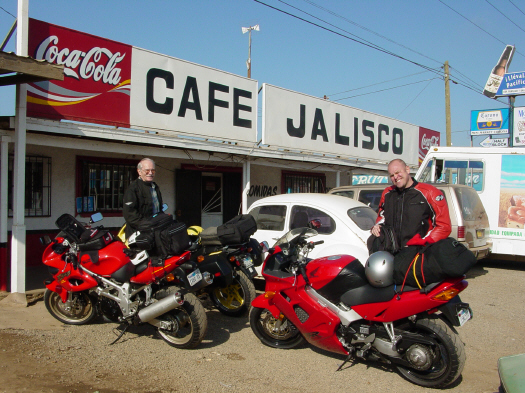
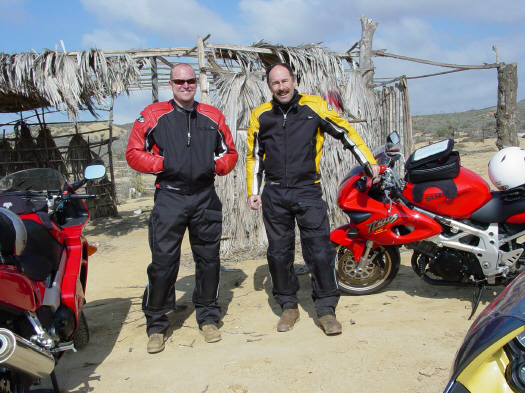
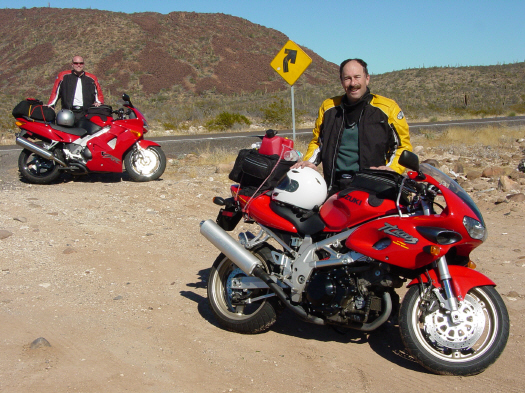
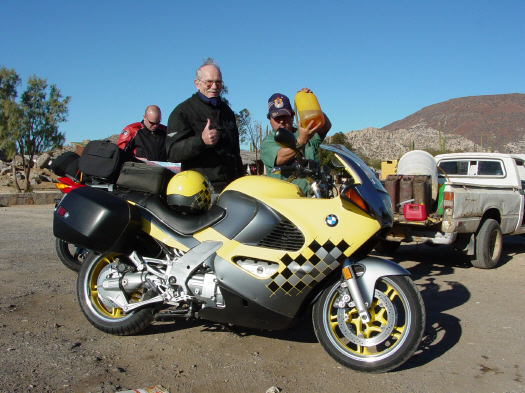
We were on our way to Guerrero Negro to see the whales. The riding was fabulous, as it always is in Baja. The TL1000S was an admittedly poor choice for touring, but it was fun.
The roads in Baja are awesome. There’s a long stretch before the Pemex station about 20 miles north of Guerrero Negro, and the road runs straight as an arrow to the horizon for a good 30 miles. I ran the Suzuki at 145 miles per hour for nearly the entire stretch as the sun descended. It was a glorious ride until I ran out of gas, and when I did, it was as if someone had shut the ignition off on the Suzuki. No sputtering, no surging, just a sudden shutdown. I was carrying an extra gallon of fuel on the TL, and that got me to the gas station.
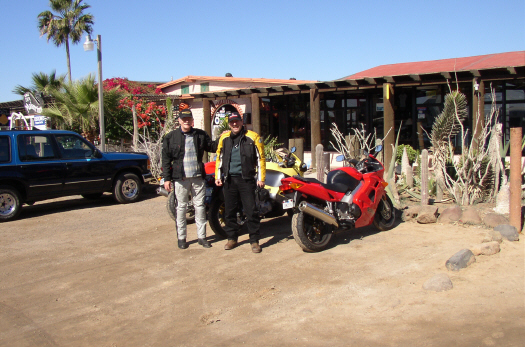
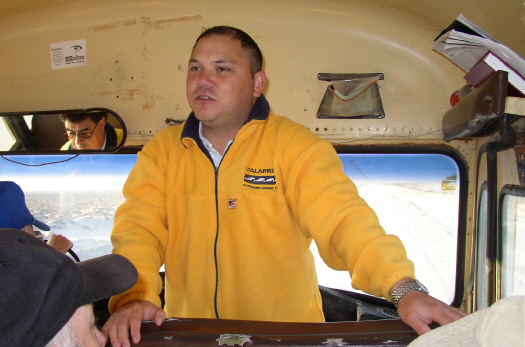
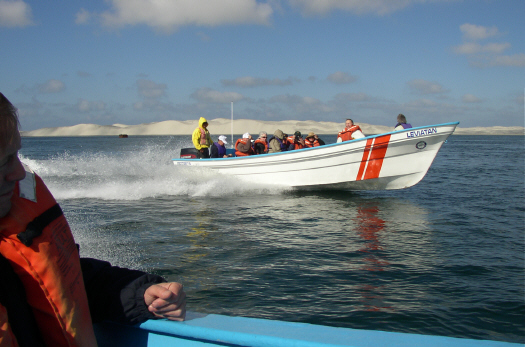
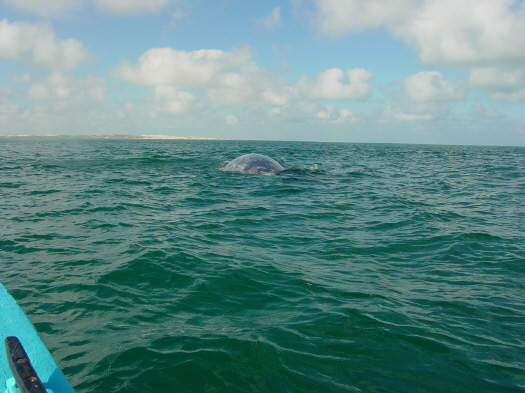
On the way in to Guerrero Negro, I had been telling Bryan and Marty about this fabulous fish taco truck. They were probably tired of hearing me rave about fish tacos by the time we arrived, but when we did, wow, Tony did not disappoint us.
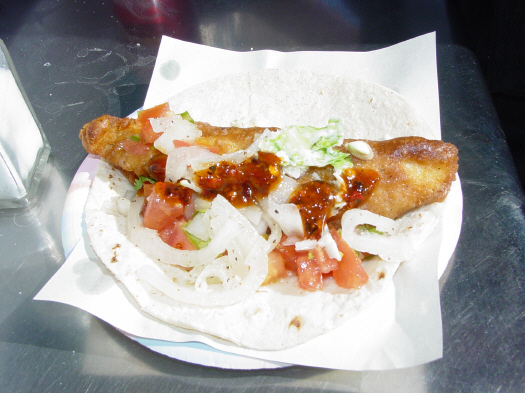
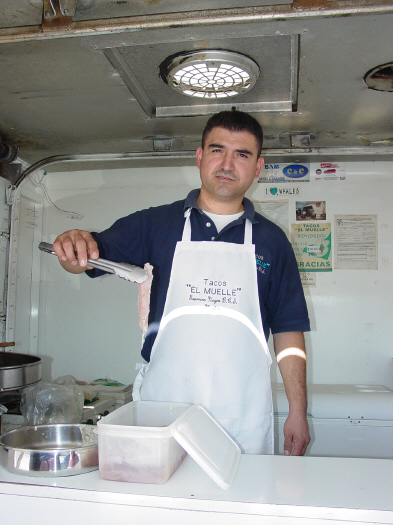

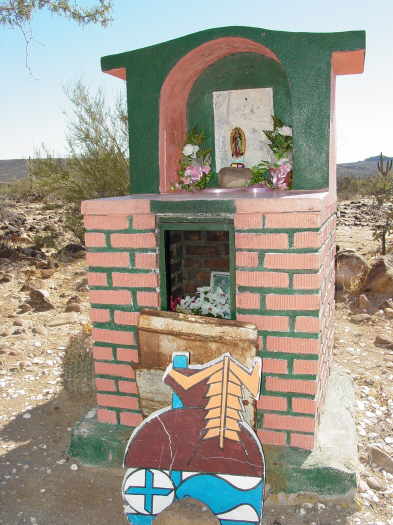
After Guerrero Negro, the whales, and Tony’s fish tacos, we continued south and then east, crossing the peninsula toward the Sea of Cortez. San Ignacio lies about halfway along that stretch. It’s a great place to stop and grab a few photos.
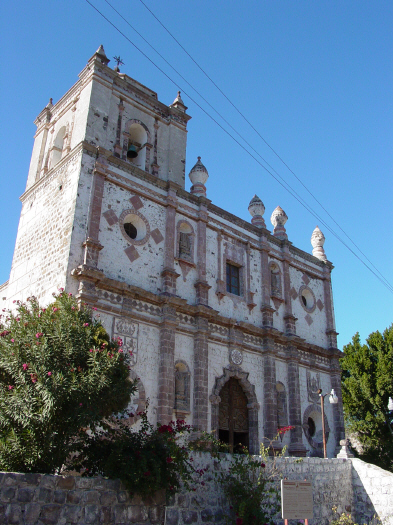
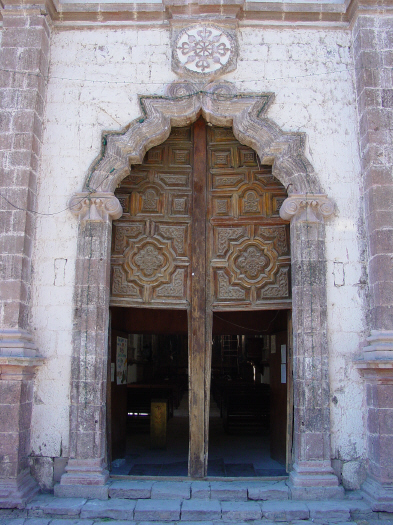

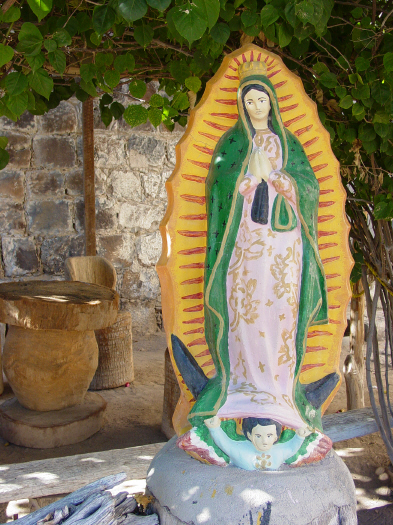
From there, it was on to Santa Rosalia and then Mulege on the Sea of Cortez. Mulege is a fun town, and the tiny Las Casitas hotel is just outstanding. The rooms were great, and the margaritas and dinners were off the charts.
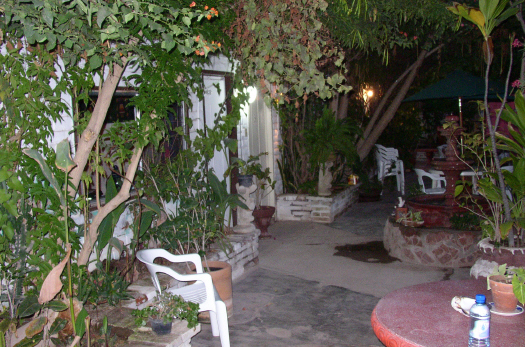
After we checked into the Las Casitas, we followed the road all the way to the Sea of Cortez just to check the place out. It was a cool place. It was a dirt road and the TL1000S was a handful, but it was cool.

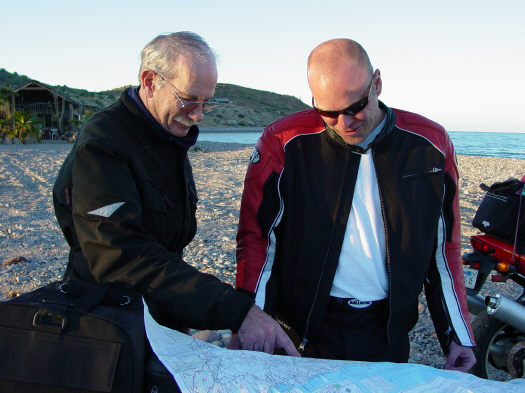
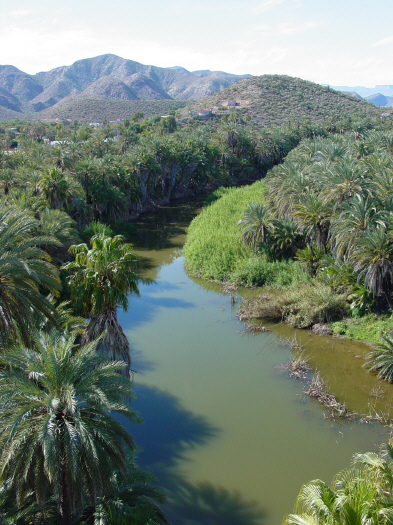
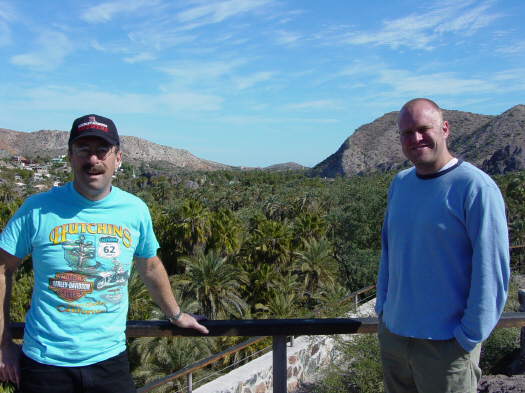
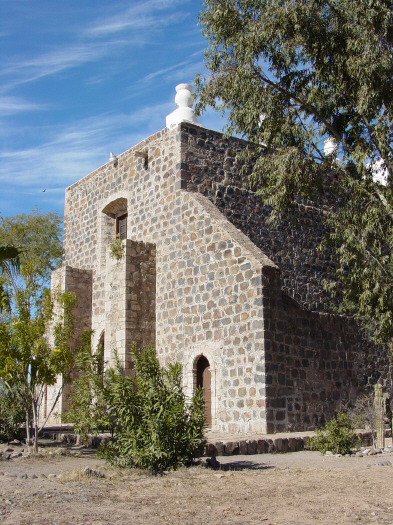
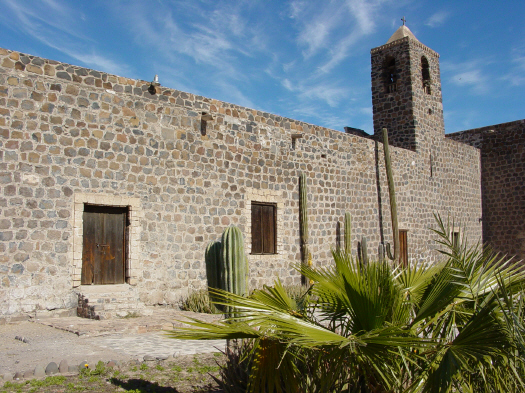
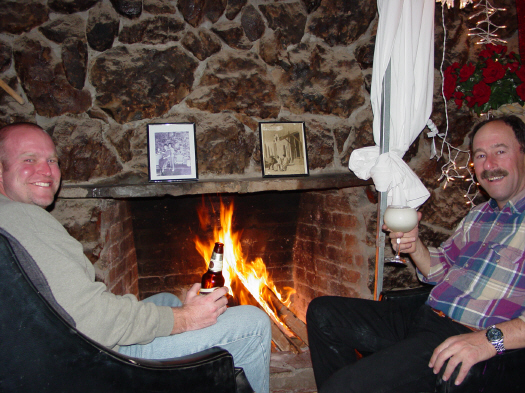


On our way back north, we stopped in Santa Rosalia because I wanted the guys to see it and we hadn’t really spent any time there on the way south. Santa Rosalia is a bustling fishing town on the Sea of Cortez.
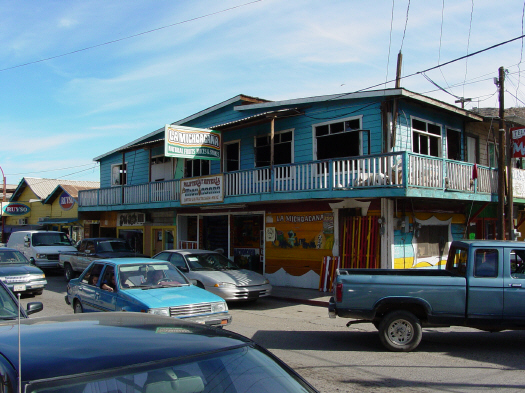
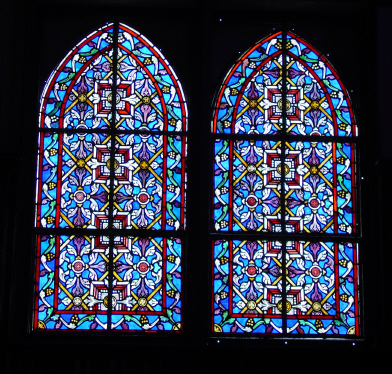
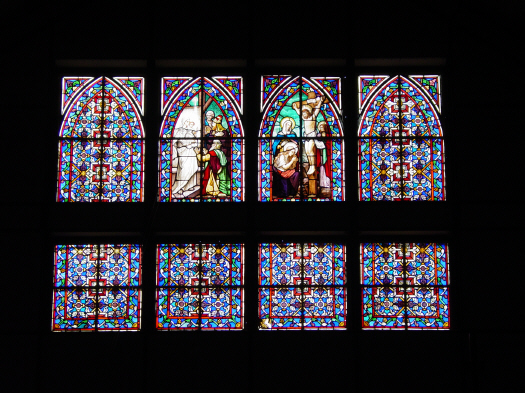
We had a pretty rough drive on our third night in Baja. All of the books I’ve read advise not driving at night in Baja, and for good reason. We rode 130 miles on a moonless night to get to Catavina. Riding at night in Baja is not an experience I recommend. The roads are not lit and it’s amazing how dark it gets out there. Then, just to make things more interesting, the white lines marking the road’s edge disappeared about 20 miles before Catavina on those winding mountain and desert roads. Throw in stray cattle and blind corners, and, well, you get the idea. We made it to Catavina safely and stayed in the La Pinta Hotel.
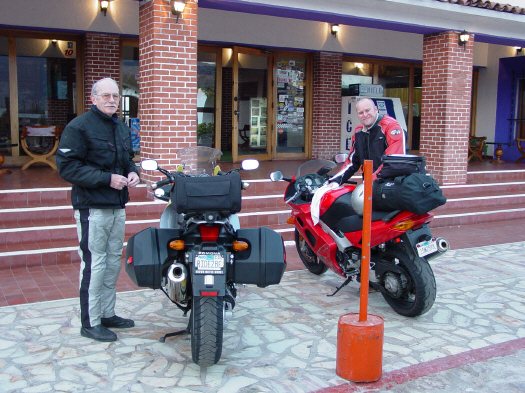
It would have been nice to take more photos as we continued on through Tecate, but we were tired and just after crossing the border we were caught in a rainstorm near San Diego. We waited in a McDonald’s, so that’s about it for our Baja photos from this trip.
Want to know more about Baja? Hey check out these pages!
Epic Motorcycle Rides
Baja
Berk’s Works
Want to read more about Baja? Here you go!
Thinking of riding Baja yourself? You’ll need to get insurance, and BajaBound is the best there is!

